Prefab Construction - A Boon Or Bane For The Environment
Prefab Construction - A Boon Or Bane For The Environment
Prefab or modular construction is built under a factory-controlled environment and transported & assembled on-site. This construction method has gained popularity recently because it saves time, reduces construction waste, and minimizes disruption to the community. However, arguments exist for and against it being a boon or bane.
Prefabrication To Redefine the Future Of Real Estate Sector In India
Construction in India can be revolutionized by prefabrication, fabricating building components offsite in a controlled environment.
Reduces Construction Time: Building components can be manufactured in a factory and transported to the site, reducing on-site labor. In the Indian real estate sector, prefabrication can help address some challenges, such as the shortage of skilled labor and, most importantly, reducing the construction time.
Improves quality control: Prefabrication enables precision manufacturing of building components in a factory-controlled environment. This can result in more energy-efficient and structurally sound buildings.
Sustainable structure: Prefabrication reduces waste and improves sustainability in the construction industry. Off-site manufacturing minimizes construction waste and facilitates recycling.
Design flexibility provision: Prefabrication offers greater design flexibility than traditional construction, as building components can be designed to meet unique specifications.
Scalable: Prefabrication is highly scalable and ideal for large construction projects. Modular construction allows easy expansion and modification of buildings.
Benefits of manufactured construction:
-
High-Speed Construction
Prefabricated construction is 2x faster compared to traditional construction. Nest-In by Tata Steel is the leader in building prefabricated houses in India. Prefab housing solutions like Nestudio ensure your dream home is read faster than RCC methods.
-
Modern and Customised Construction Solutions
With prefabricated construction, you have unlimited design opportunities and can customize space as per your needs. Nest-In is the perfect choice for those seeking a combination of aesthetics and structural strength.
-
Hassle-free, Convenient, Quality & Reliability
Pre-Fab construction requires fewer foundations, less waste disposal, and less redeployment than conventional buildings. Due to their superior strength-to-weight ratio, they are highly resistant to adverse weather conditions, strong winds and earthquakes.
Modern technologies, hassle-free experiences, quality building structures, reliable service, and convenient installation and more, are the reasons why prefabricated solutions are becoming popular. Collapsing the old structure and its reconstruction is the only solution for traditional structures. Prefabricated buildings, on the other hand, can be easily dismantled - installed and moved from one site to another.
4. Fire & Earthquake Resistance
Fire Resistance
Structures built by Tata Steel Nest-In can withstand fire for up to 90mins. Prefab construction is fire-resistant due to using fire-resistant materials such as steel, concrete, and masonry. These materials are designed to resist the spread of fire and provide a barrier between the interior of the building and the outside environment. Also, prefabricated buildings are often designed with fire-resistant features such as fire-rated doors, windows, and walls. These features help to contain the spread of fire and protect the occupants of the building.
Earthquake Resistance
Prefab construction is designed to be more resistant to earthquakes than traditional construction. This is achieved through the use of steel frames, which are designed to flex and absorb the energy of an earthquake, rather than break or collapse. Prefabricated buildings are often designed with seismic isolation systems, which are designed to reduce the amount of energy transferred from the ground to the building during an earthquake. Finally, prefabricated buildings are often designed with special bracing systems that help to keep the building stable during an earthquake.
Related Article: How Can Steel Improve Sustainability In Construction?
Conclusion: Boon or Bane
The future of prefabrication can be seen as improving the current market and creating new development patterns in the sector. Prefab construction is a boon for the environment as it reduces waste, improves energy efficiency, and more. The advantages of prefab construction make it a popular choice for hospitals, schools, warehouses, homes, cafes etc. On the other hand, prefab construction has a limit to the amount of weight it can support. For example, if a room needs air conditioning, the architect needs to be informed in advance so that the design can account for the additional weight. If you plan to build a prefabricated house or building, choose Nest-In by Tata Steel.
As Indian prefabricated homes have kicked off a new era in construction and design techniques that are more innovative and technologically advanced in the years to come, it has helped pave the way for the future. Growing demand is seen for a prefabricated house in Delhi, Bangalore, Hyderabad, and other popular cities in India that are being built in prefab homes.
Posted in HabiNest on Mar 16, 2023.
Contact Us
Recent Post
How We Built A Zero Energy Building: A Case Study
Zero Energy Building: Redefining India’s Energy-Efficient Future
Addressing the Demand for Durable, Long-Lasting Infrastructure
Rapid Response Infrastructure: Building Fast When Time Matters
Reduce Construction Pollution with Prefab: A Cleaner Way to Build
Category
- Nest-In 104
- HabiNest 65
- MobiNest 122
- Nestudio 28
- EzyNest 21
- Smart EzyNest 6
- ChargeNest 7
- Covid Offerings 4
- Brand 7







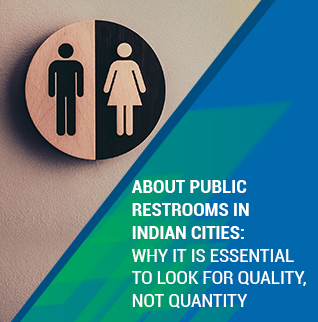



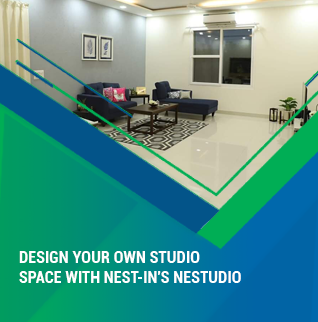






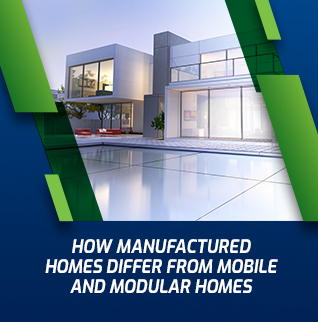

























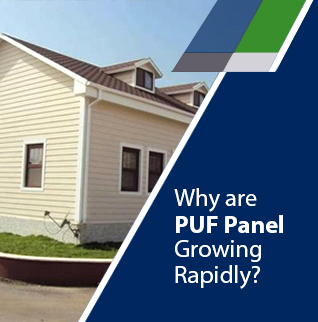



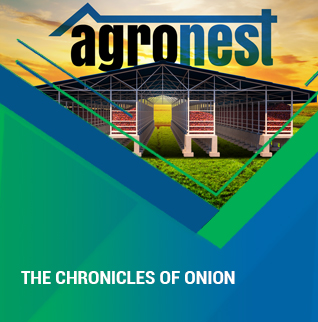

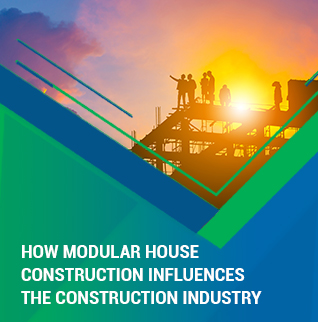







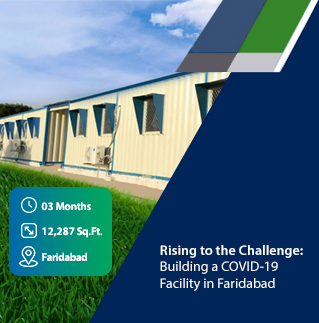




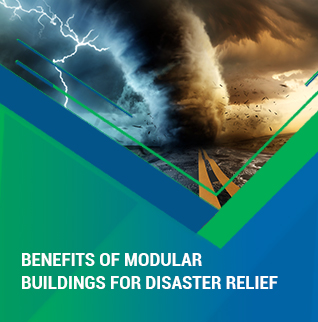

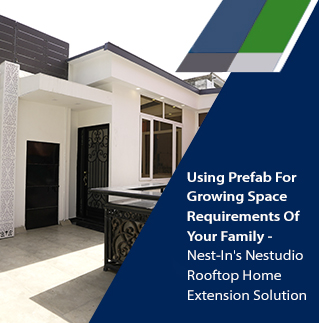




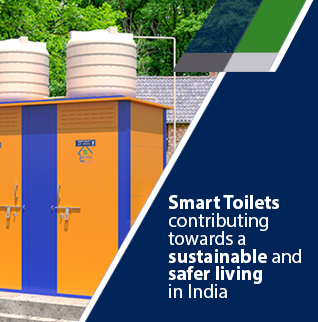







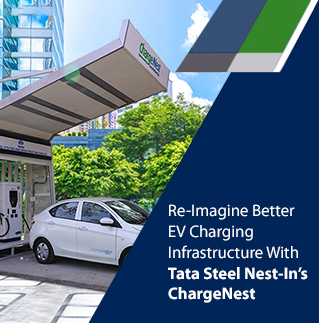




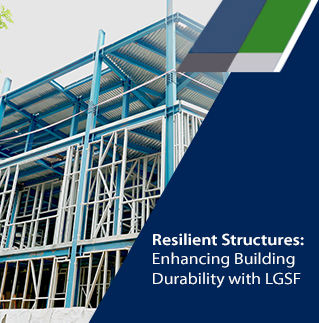

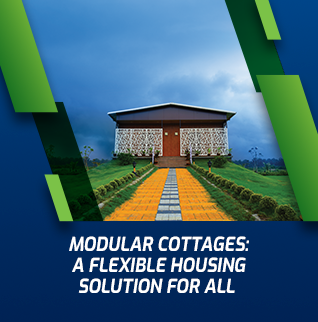












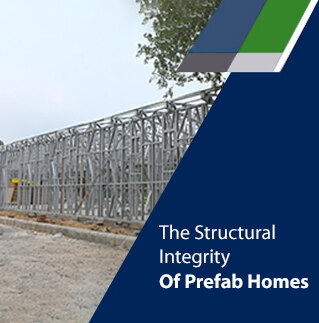















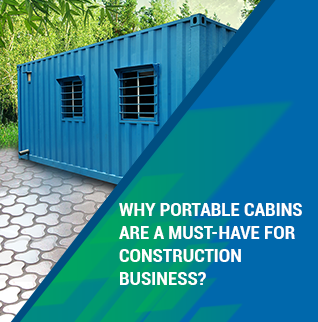

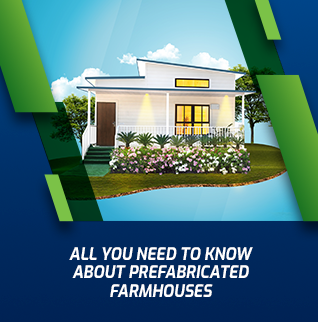
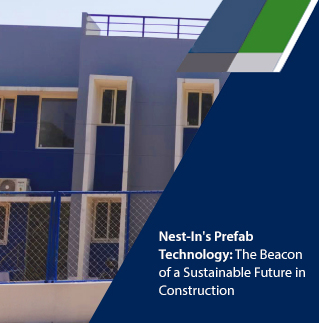




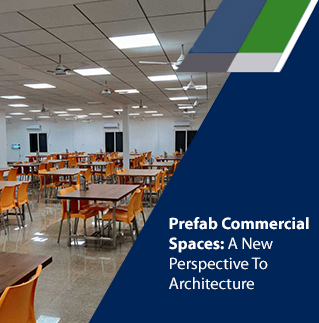
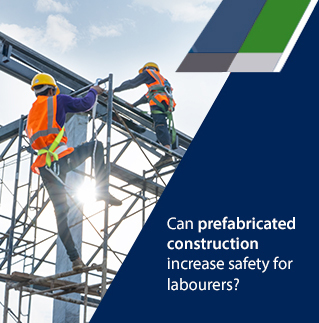












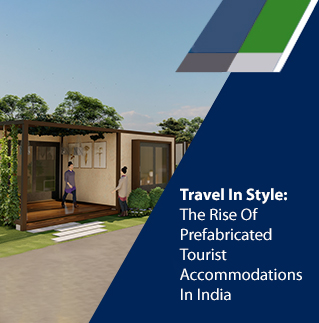


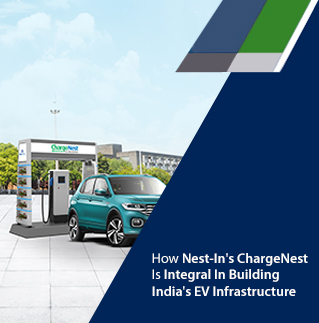

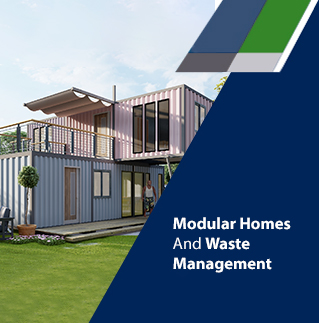






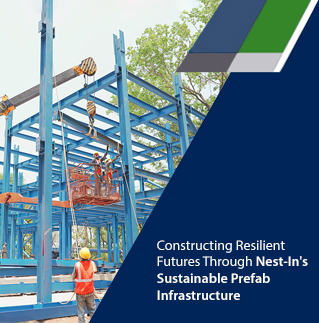





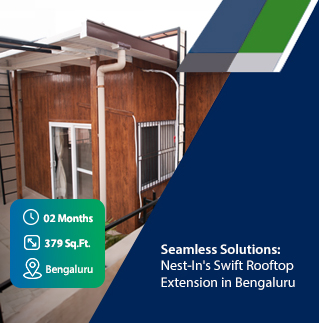






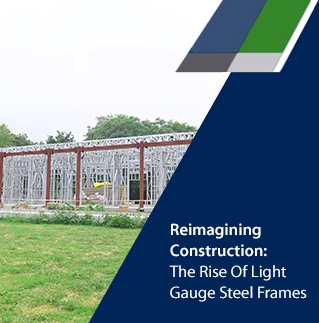



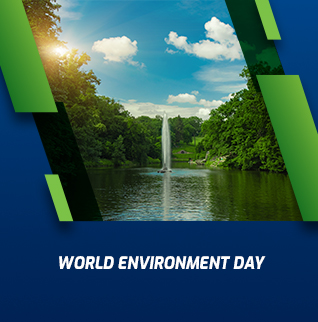








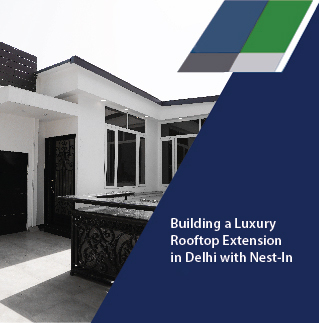













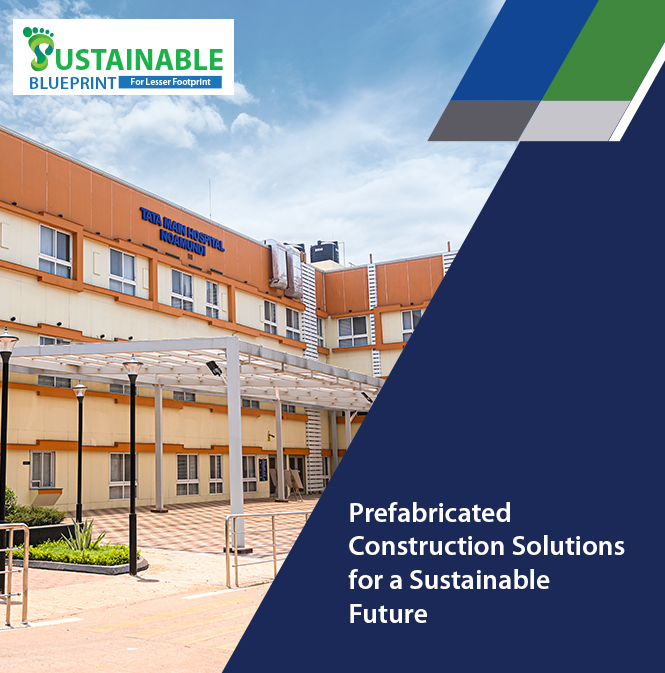

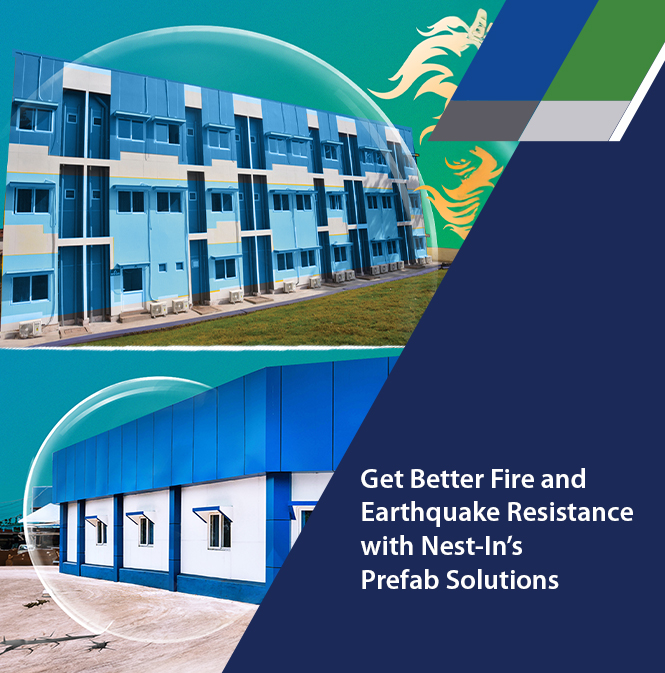











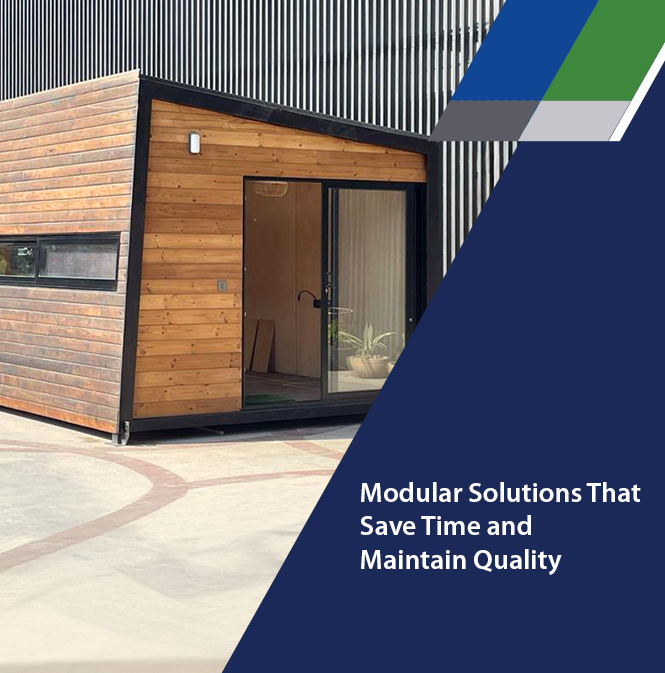



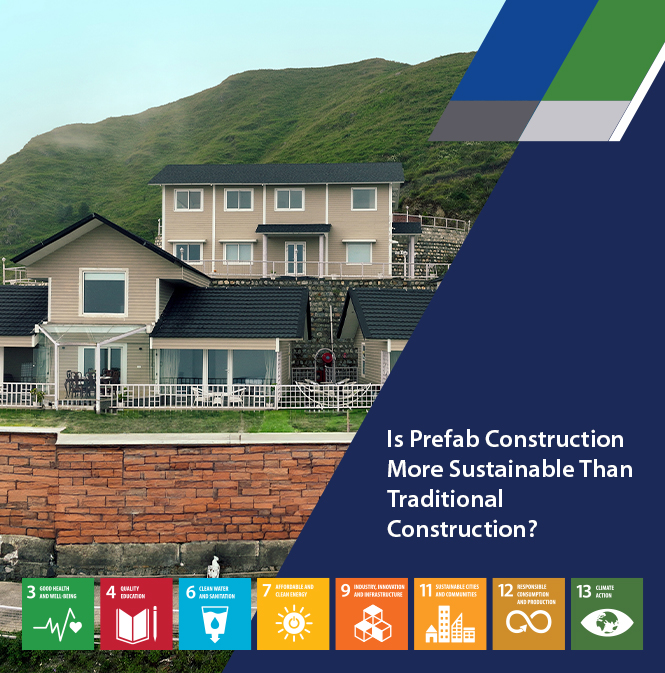

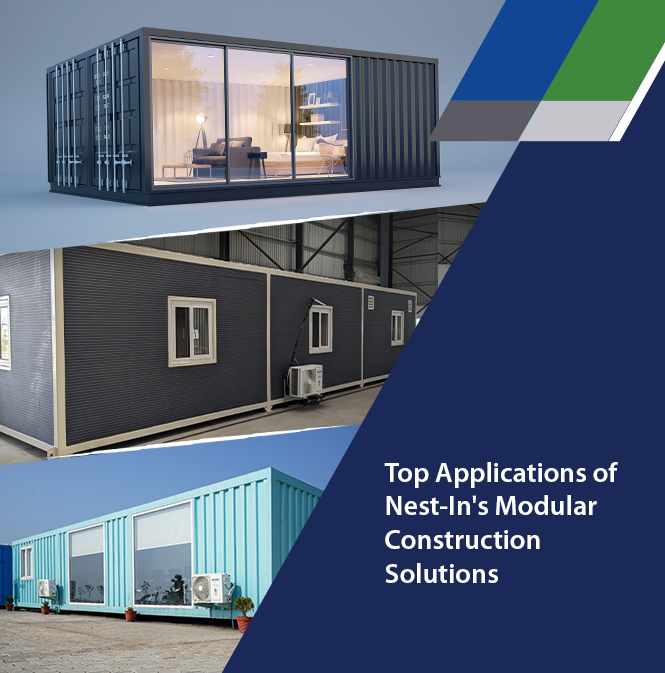




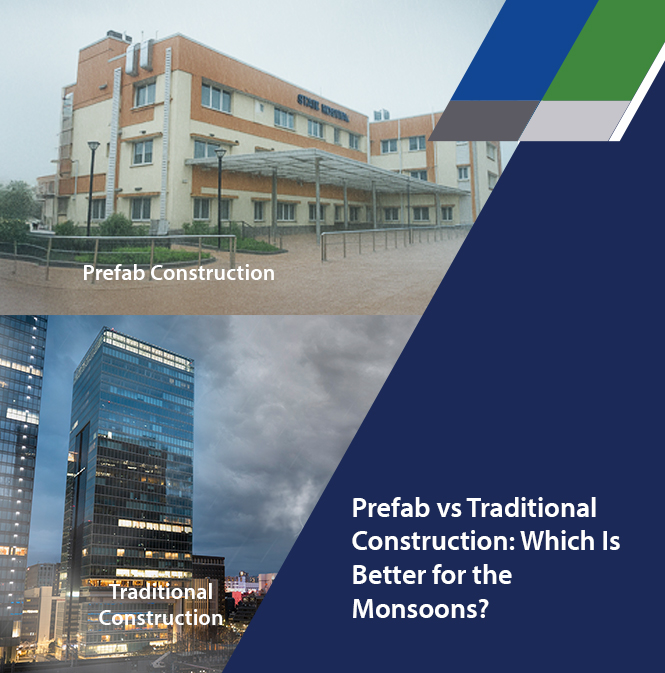






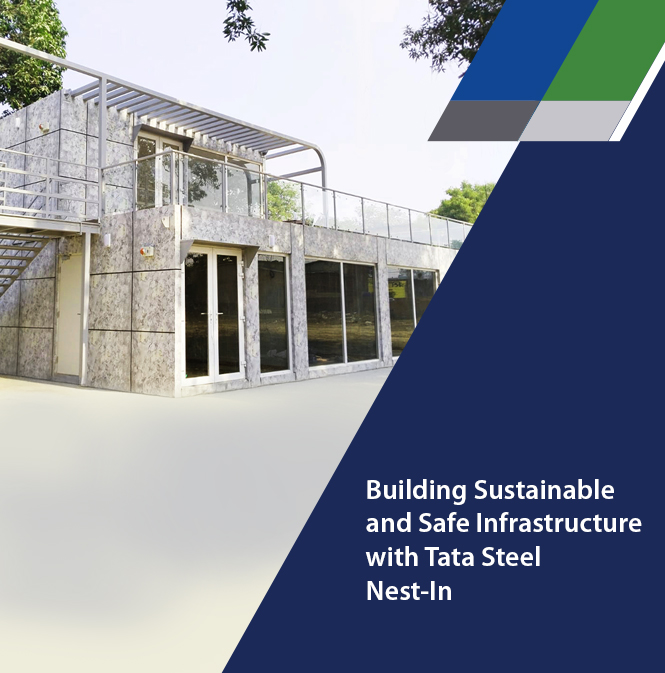



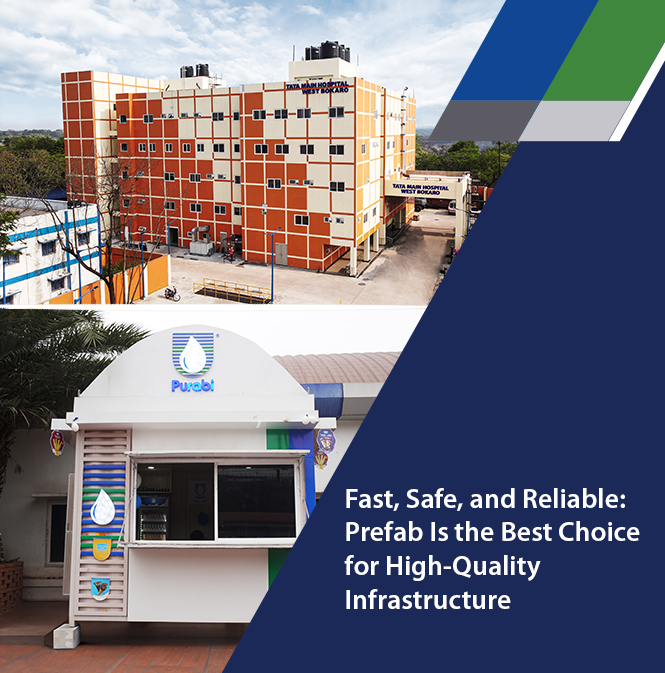


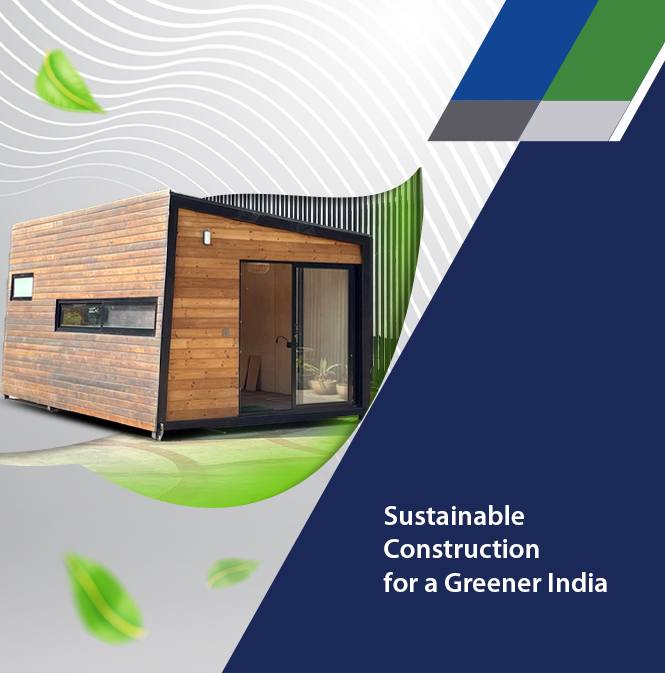
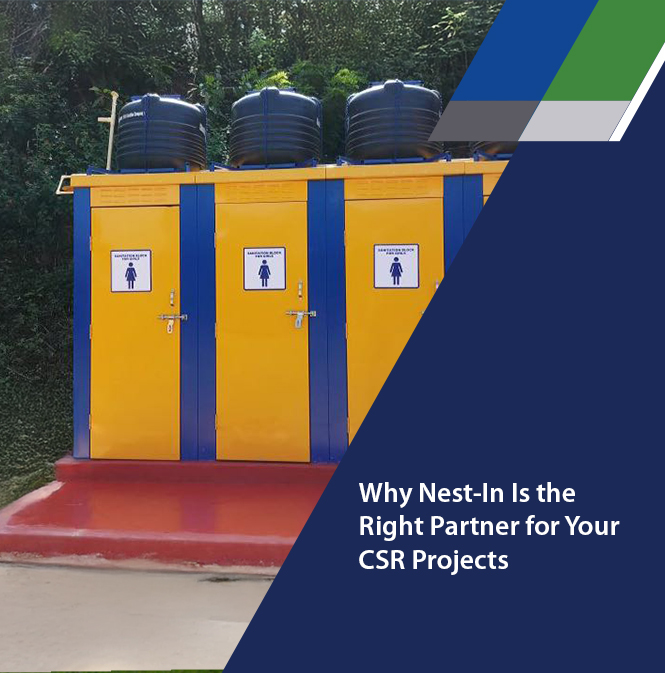

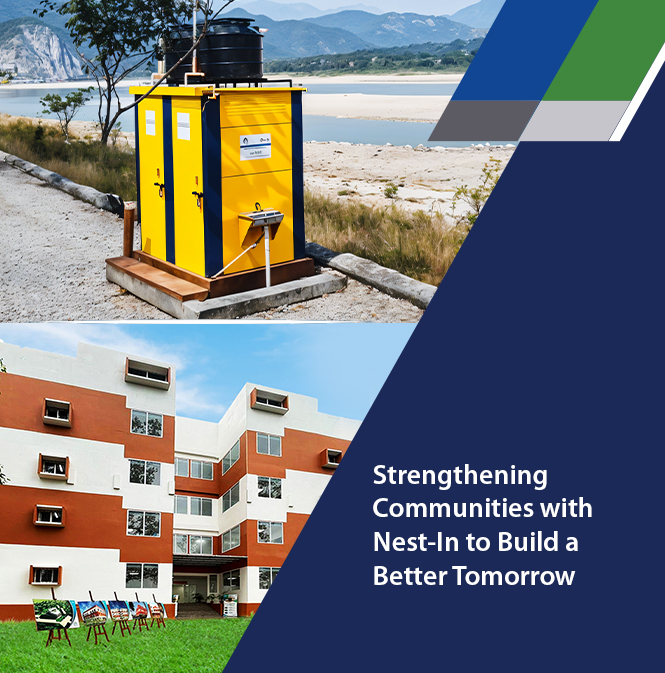



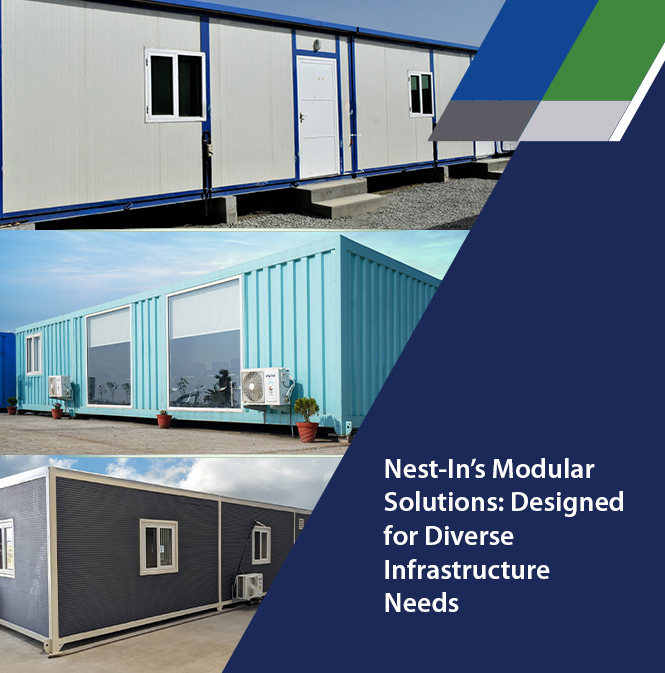





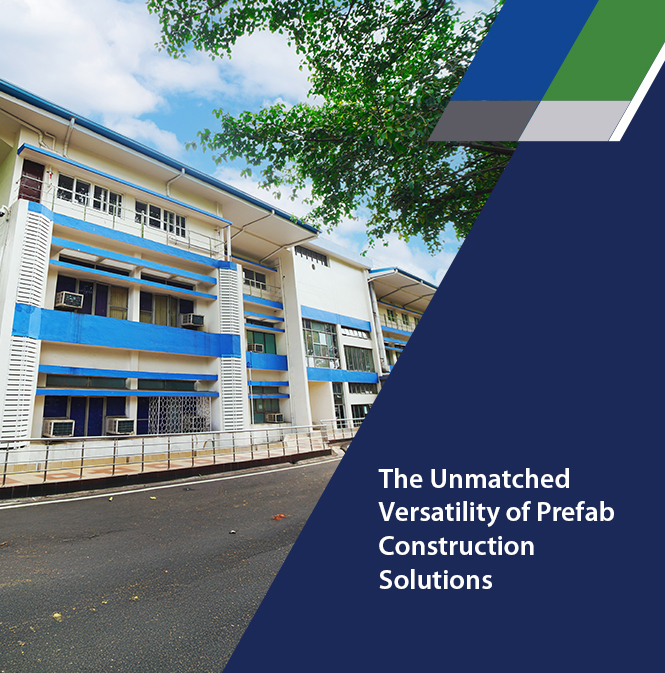
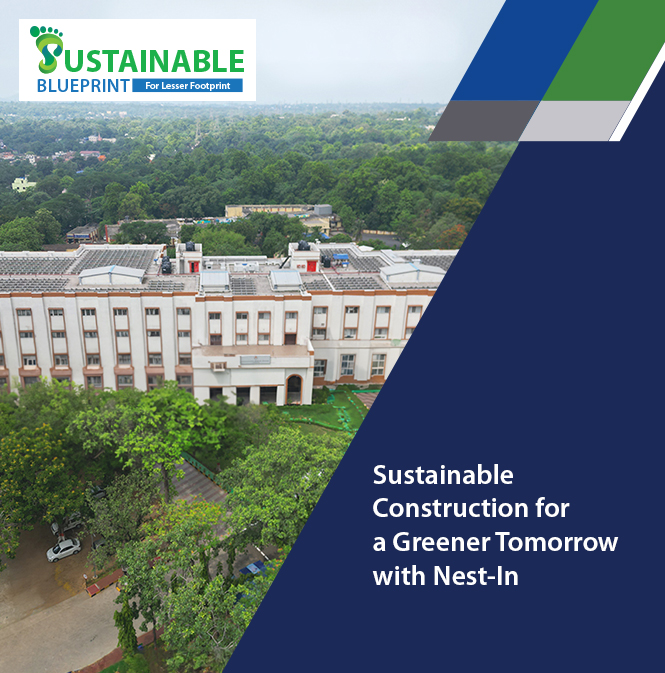



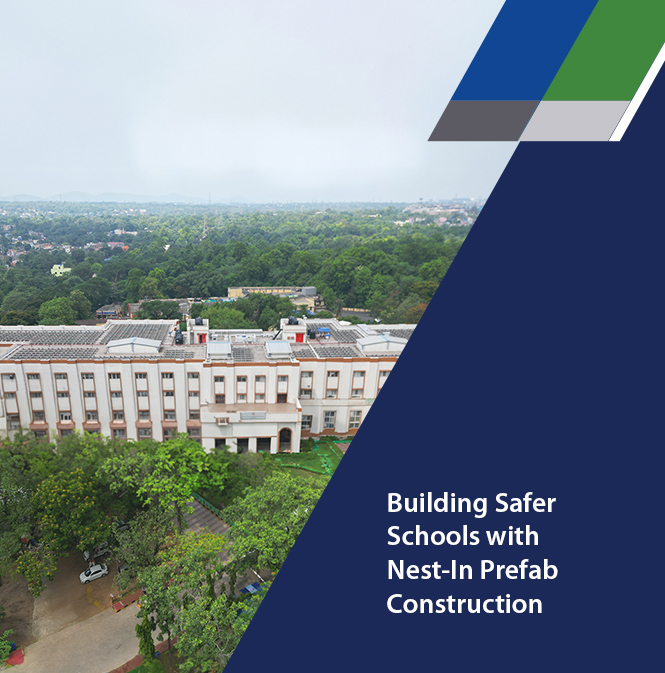



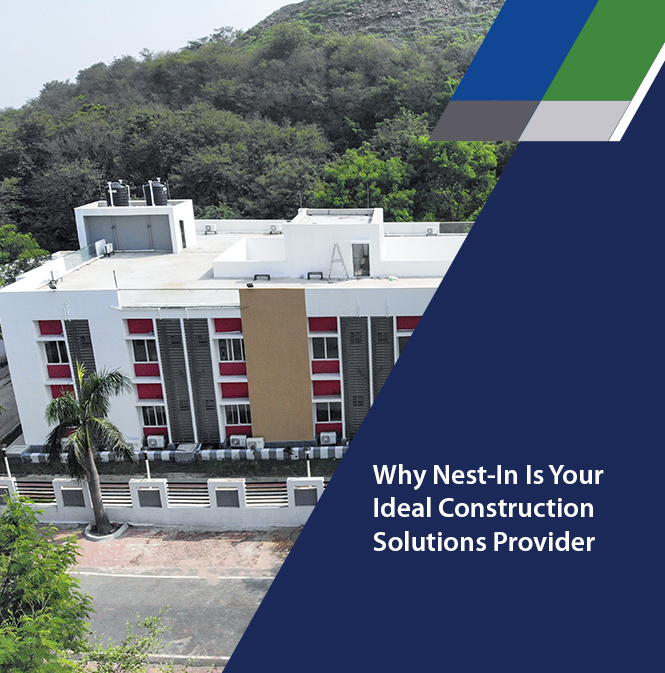
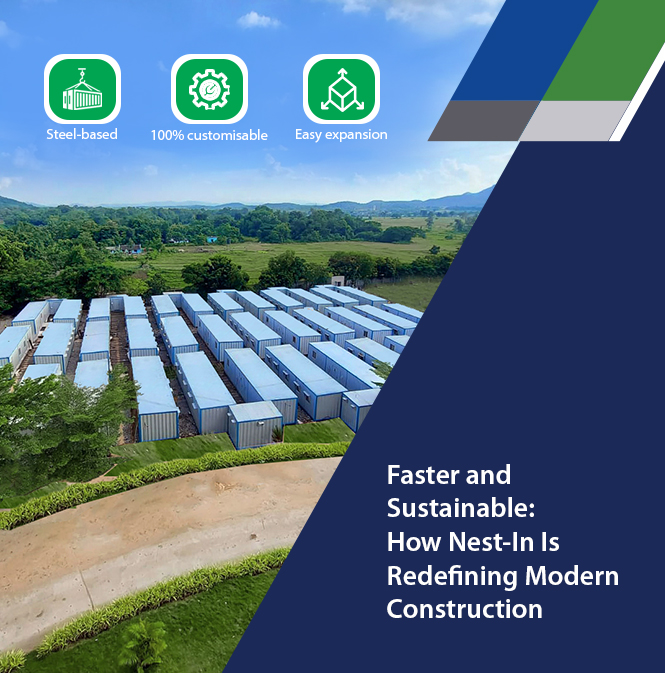



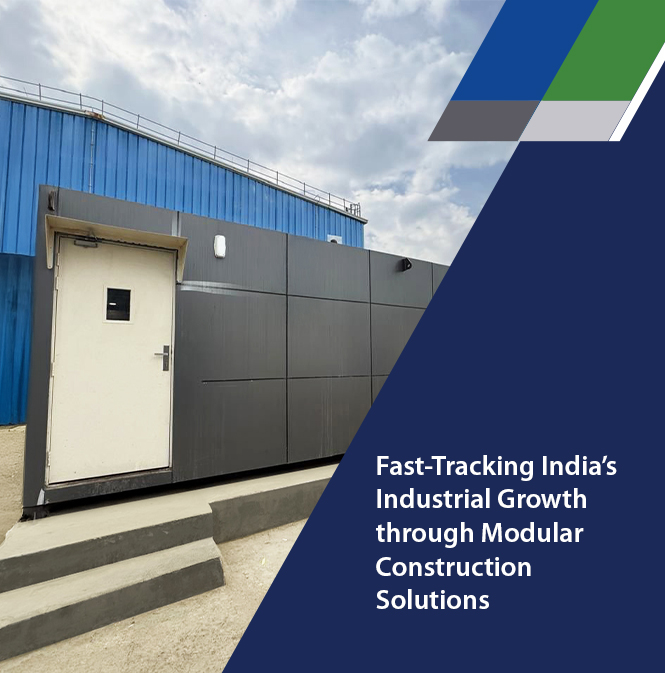
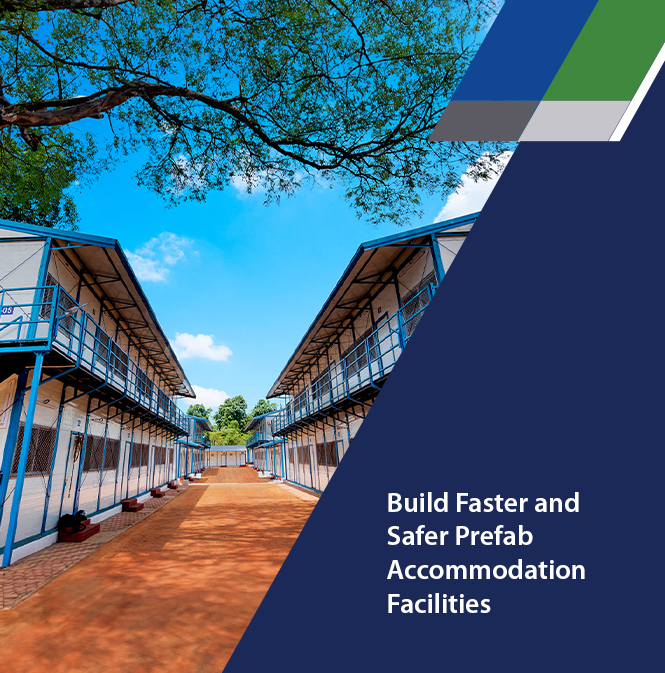












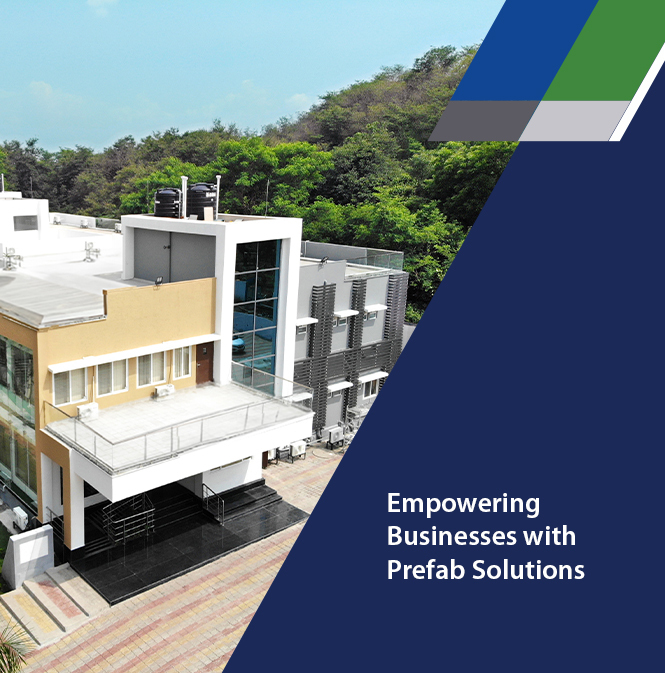

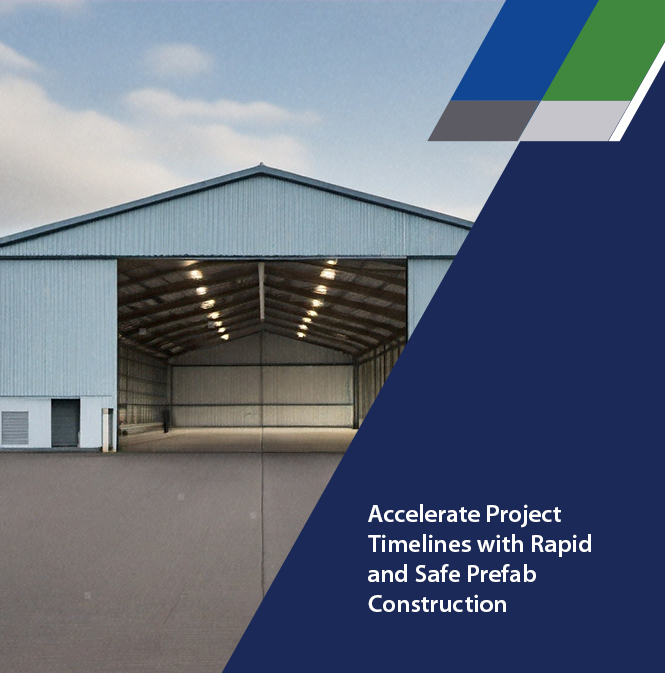



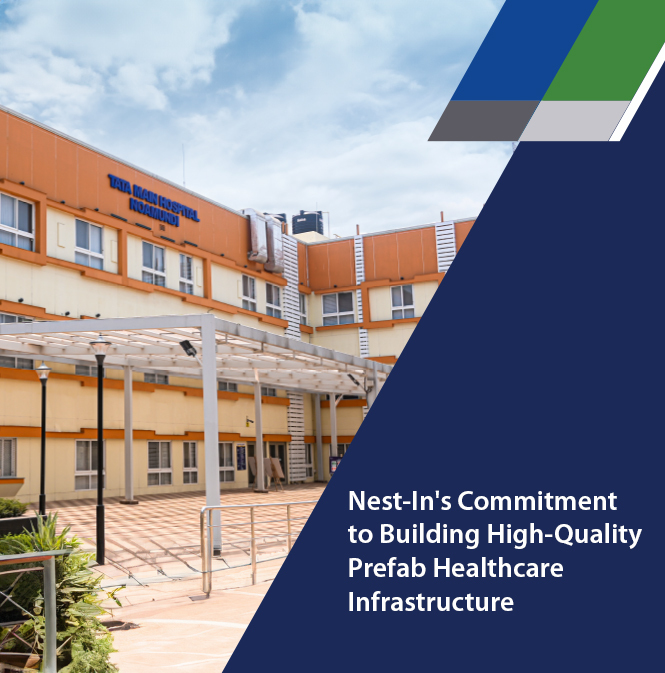


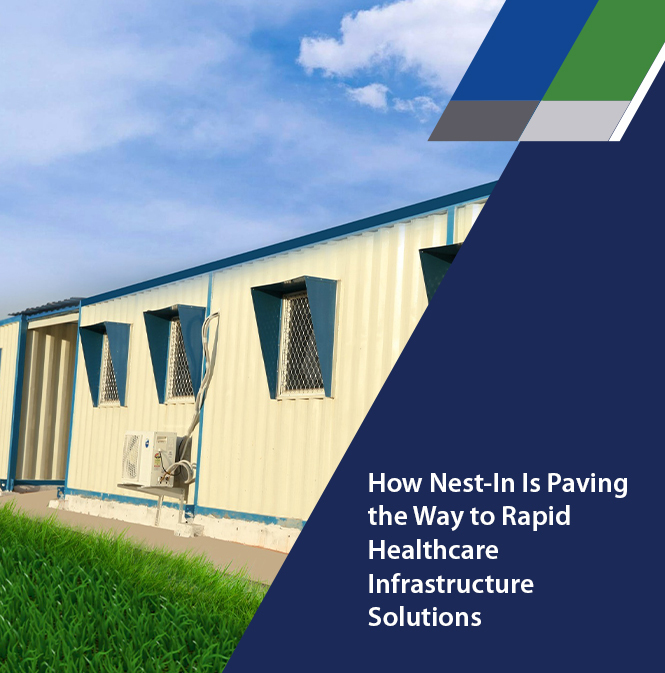




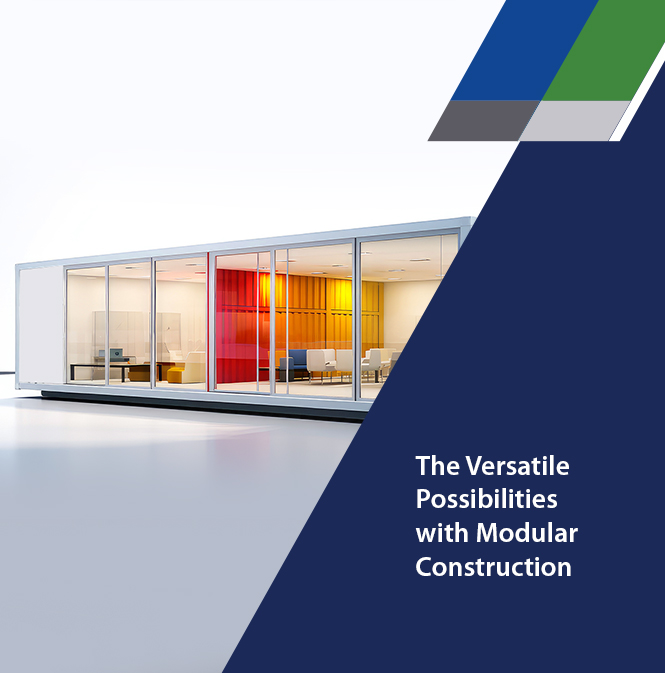


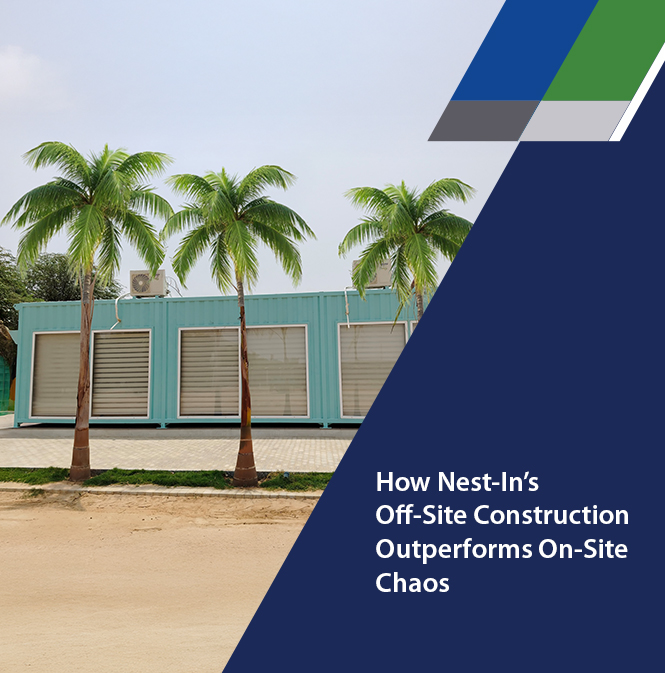
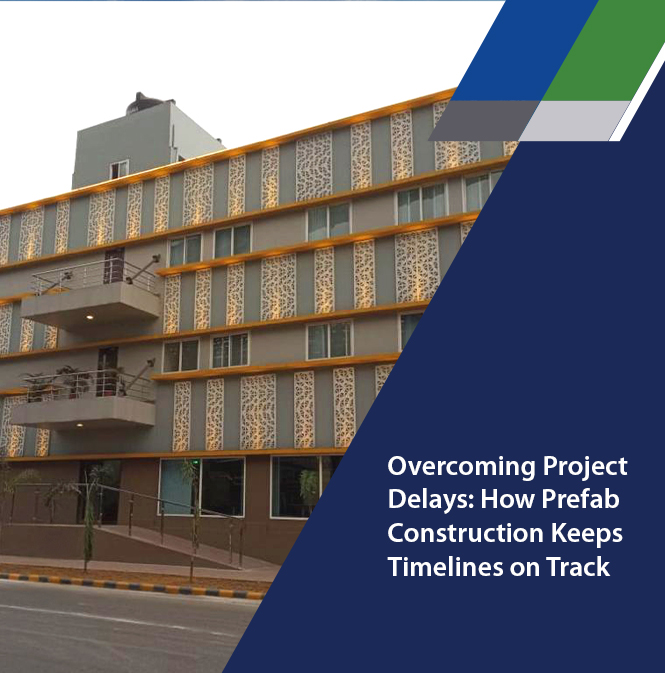



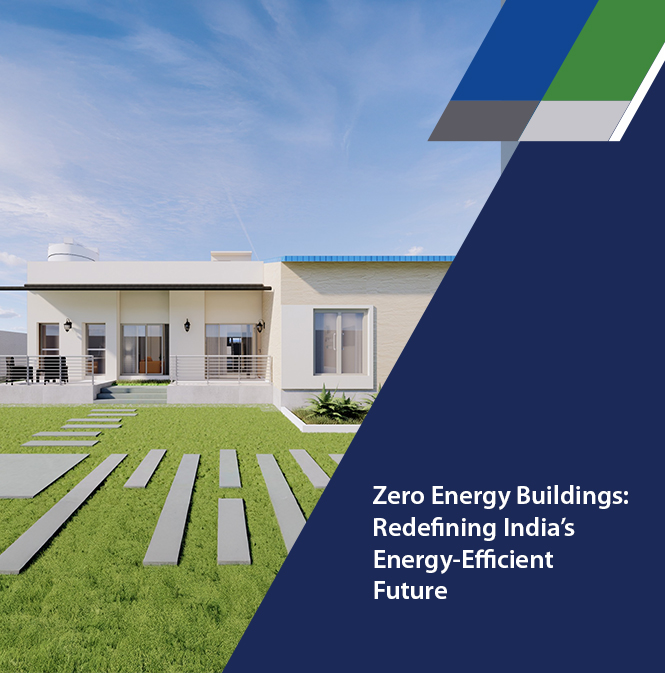




Add comment